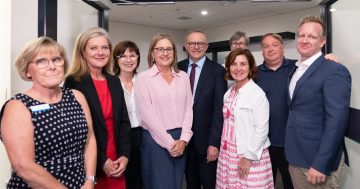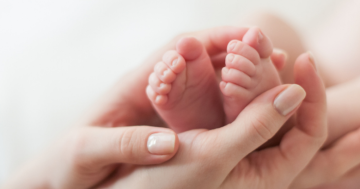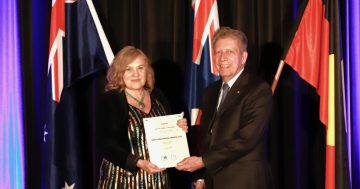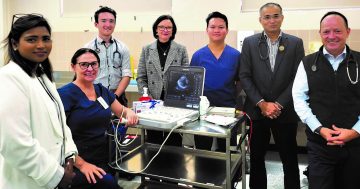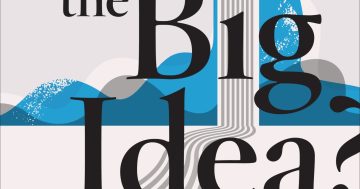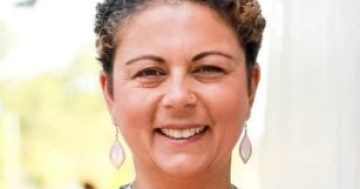 BreastScreen Australia celebrated 30 years of service to the community last week (10 September) by reflecting on its impact and future.
BreastScreen Australia celebrated 30 years of service to the community last week (10 September) by reflecting on its impact and future.
Minister for Health, Greg Hunt said BreastScreen Australia was a joint initiative of the Australian and State and Territory Governments which aimed to reduce illness and death from breast cancer by detecting the disease early.
Mr Hunt said through the initiative, women over 40 could have a free mammogram every two years and women aged 50 to 74 were actively invited to get screened.
“Australia’s survival rate following a cancer diagnosis is one of the highest in the world and reflects the high quality of Australia’s health system,” Mr Hunt said.
“This includes effective early cancer detection and treatment based on the translation of robust research,” he said.
“Breast cancers detected through BreastScreen Australia have a 54–63 per cent lower risk of causing death than breast cancers diagnosed in women who have never been screened through the program.”
Mr Hunt said breast cancer was the most commonly diagnosed cancer in Australian women, with one in seven likely to be diagnosed in their lifetime.
The Minister said BreastScreen Victoria was working with the St Vincent’s Institute of Medical Research and other experts to research the potential of artificial intelligence (AI) in breast cancer screening technology.
“AI is expected to enable mammograms to be accurately read faster, supporting highly skilled radiologists to invest their time in analysing high-risk scans,” he said.
Mr Hunt said further research at the University of Queensland, supported by a Government grant, into Whole Genome Sequencing in high-risk breast cancer patients had the potential to enable treatments to be personalised and to more effectively target specific cancers.
He said personalised screening may also reduce exposure to unnecessary screening for women at low risk of breast cancer and free up capacity for women at high risk to have increased screenings.


